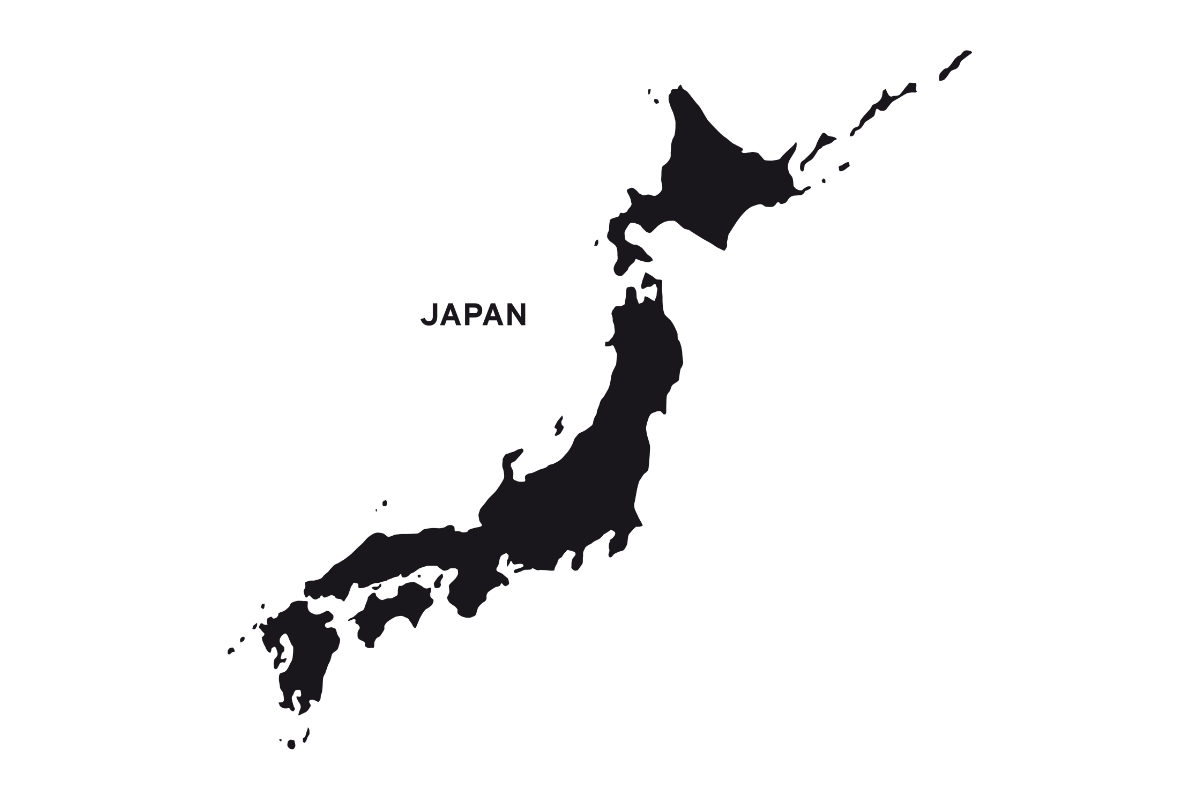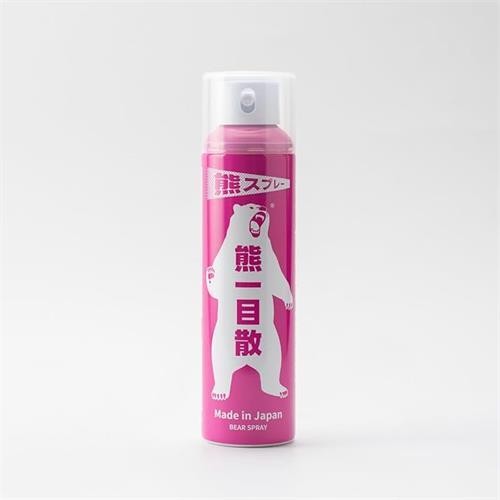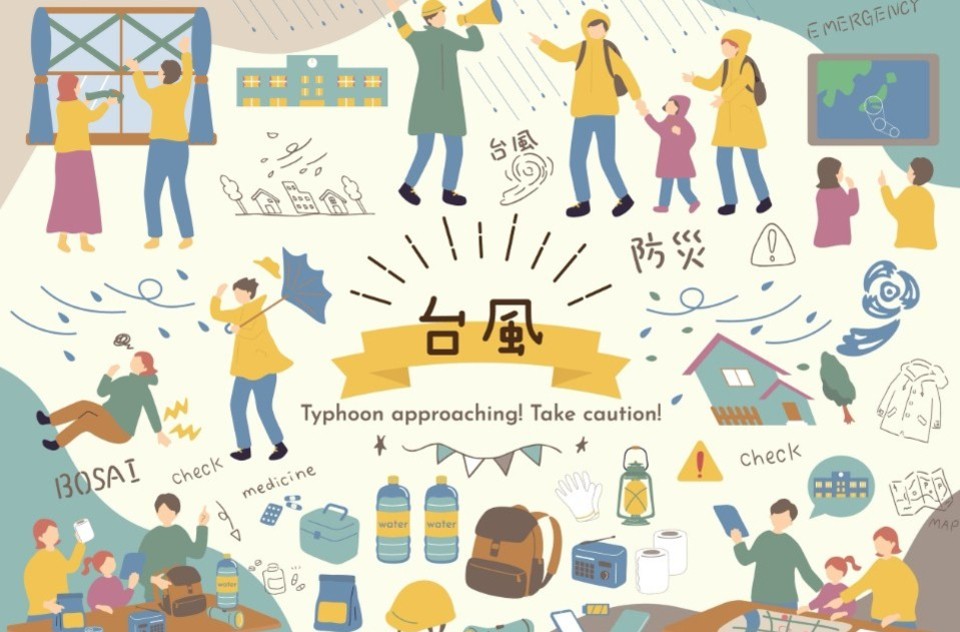In recent years, bear-related incidents have been increasing in Japan. Not only in mountainous areas, but also at campsites, hiking trails, and even tourist spots near populated areas, bear sightings have become news, and some people may feel anxious, wondering, "What should I do if I encounter a bear while traveling?"
On the other hand, "bear-free prefectures" are also attracting attention.
This article is a complete guide to bear safety in Japan, created to help relieve the concerns of travelers.
In addition to information about bear sighting areas in Japan, this guide clearly explains how to avoid encountering bears, how to use items such as bear spray, and the "correct actions to protect your life" in the unlikely event that you do encounter a bear.
*If you purchase or reserve products introduced in this article, a portion of the sales may be returned to FUN! JAPAN.
Why the Sudden Increase? The Background of Bear Incidents in Japan: Expansion of Habitat Range

Why are reports of bear sightings and incidents increasing in Japan? It is not simply because "the number of bears has increased" but rather because the bears' range of activity has expanded, leading to more opportunities for contact with human living areas.
[Government Data] Nationwide Expansion of Bear Habitat
In response to the increase in bear incidents, the Japanese government has been holding the "Inter-Ministerial Meeting on Bear Incident Countermeasures" since 2024 and is strengthening its efforts.
According to their report, the habitat range of bears living in Japan has been expanding significantly. Over the 15 years from 2003 to 2018, the habitat of the Asian black bear expanded by about 1.4 times, and that of the brown bear by about 1.3 times.
Root Causes of Bear Habitat Expansion: Changes in Japan’s Social Structure
The background to the expansion of bear habitats includes changes in Japan’s social structure, such as population decline and aging. As a result, the bear ecosystem has changed significantly, and human living areas and bear habitats have become mixed together.
Decreased Wariness of Humans
With the decline of forestry, hunting, and use of satoyama (rural woodlands), human activity has decreased, and bears have learned that approaching human living areas is safe, leading to a reduced wariness of people.
More Suitable Habitat Environments
With the increase in abandoned farmland and neglected fruit trees, the areas around human settlements have become environments rich in food and cover, making them more suitable for bears to live in.
Four Key Points to Know to "Avoid Encountering Bears"

The most important thing to avoid bear incidents is "not to encounter bears in the first plac." Bears are naturally animals that avoid humans, but if you are not aware of proper precautions, you may have an unexpected encounter, which can lead to dangerous situations.
Point 1: Learn About Bear Ecology and Behavior
The two main types of bears living in Japan are the brown bear and the Asian black bear. The risk and danger of encountering them in tourist areas varies greatly depending on the species.
The Two Types of Bears in Japan: Brown Bear and Asian Black Bear
- Brown Bear: The largest land animal in Japan (200–400 kg). Extremely powerful and highly dangerous if encountered. Mainly found in Hokkaido.
- Asian Black Bear: Weighs about 50–100 kg. More timid than the brown bear, but individuals accustomed to humans or females with cubs are especially dangerous. Incidents have been rapidly increasing in recent years. Mainly found in Honshu and Kyushu.
Seasons and Times When Bears Are Most Active
It is especially important to be cautious during seasons and times when the risk of encountering bears is higher.
- Active Seasons: In early spring (April to June), bears are hungry after hibernation and tend to expand their range in search of food. In autumn (September to November), they expand their range as they urgently search for food to prepare for hibernation. The increase in reports during winter is due to this effect.
- Active Times of Day: Bears tend to avoid people and are most active just after sunrise and just before sunset. Try to avoid forests and hiking during these times as much as possible.
Point 2: Check Bear Sighting Information
Checking in advance whether there have been any bear sightings in the area around your tourist destination is the easiest and most important preventive measure.
Check on Official Websites
Prefectural and municipal websites publish the latest bear sighting maps and warning information. When planning your trip, search in Japanese for terms like “〇〇 Prefecture Bear Sighting Information” and check for any recent sightings or warnings.
Always Check Local Signs and Notice Boards
Before entering natural areas such as trailheads, hiking course entrances, or campgrounds, you will always find warning signs or notices. This local information is the most up-to-date, so be sure not to overlook it. If there is a “warning” or “alert” posted, seriously consider changing or canceling your plans.
Point 3: Let Bears Know Humans Are Nearby

For bears, which are wary of humans, a sudden encounter can be just as startling for them as it is for us. Making your presence known with sound is an effective preventive measure. Wear a bear bell and walk while making noise, and chatting with your companions is also effective. Actively let bears know you are there.
👉Purchase “Bear Safety Goods” (Yahoo! Shopping)
Point 4: Be Careful of Bear Hiding Spots
Encounters with bears often occur when you carelessly approach places where bears may be hiding or searching for food.
Be especially cautious in dense thickets or bushes with poor visibility, and along streams or watersides where the sound of water can mask other noises. Near villages or satoyama (woodland areas), abandoned persimmon or chestnut trees can become feeding grounds for bears. Avoid approaching these trees as well.
Bears are extremely sensitive to the smell of food. At campsites or rest areas, be careful not to leave food scraps or garbage unattended.
“If You Encounter a Bear” — Four Key Points to Protect Your Life

If you do encounter a bear, what should you do? In fact, the most dangerous thing is to panic and run away. Stay calm and act to minimize the risk of harm.
Point 1: Do Not Provoke the Bear
The actions you must never take when encountering a bear are running away or shouting and provoking it. Bears react to sudden movements and may chase after you if you run. Loud noises can further startle an already surprised bear and may trigger a defensive attack. Watch the bear’s behavior and quietly and slowly move away from the area.
Point 2: “Speak Calmly” Is Actually Effective
While shouting is not recommended, “speaking calmly” is advised. If a bear is approaching, it may not realize you are human. Slowly raise and wave both hands while speaking calmly to let the bear know you are human.
Point 3: Repel with Bear Spray

If you are unable to escape when you encounter a bear and the bear begins to attack, use bear spray (bear deterrent spray) without hesitation if you have it with you.
If the bear approaches to within 3 to 4 meters, aim directly at the bear’s eyes and nose and spray without hesitation. To ensure you can use it calmly, make sure to check how to use the spray in advance.
Incidentally, the number of places where you can rent bear spray is increasing.
👉Purchase “Bear Safety Goods” (Yahoo! Shopping)
Point 4: Last Resort—“Defensive Posture” if Attacked
If you find yourself in a situation where you cannot avoid a bear’s attack, take a defensive posture as a last resort. Lie face down to protect your face and abdomen, and use your hands to cover the back of your neck.
[Latest] Bear Sighting Areas and the Most Recent Warnings

As of November 2025, the area with the most incidents is the Tohoku region, but bear sightings are increasing nationwide.
Also, do not let your guard down while driving. There have been cases of collisions with bears while driving. A friend of the author was involved in a collision with a bear that suddenly appeared while driving on the expressway. Fortunately, there were no injuries, but the car was damaged.
No matter the area, it is essential to check the official website of the prefecture you are visiting and obtain the latest information.
Spotlight on “Bear-Free Prefectures”: Chiba, Kyushu, Okinawa
While reports of bears are increasing, there is also growing attention on “bear-free prefectures,” known as “kuma-nashi ken.” These are areas where there have been no confirmed sightings or habitats of brown bears or Asian black bears, or where they are considered extinct. Currently, Chiba, Kyushu, and Okinawa are considered bear-free areas.
There are no reports of bear sightings or habitats in Chiba Prefecture and Okinawa Prefecture, and in Kyushu, the Asian black bear was declared extinct in 2012. These areas are attracting attention as destinations where you can enjoy sightseeing without worrying about encountering bears.
👉[Related Article] Recommended Spots in Chiba Prefecture to Enjoy Delicious Seafood
👉[Related Article] How to Efficiently Tour Okinawa Without a Rental Car
👉[Related Article] Recommended Event Information in Kyushu and Fukuoka
Learn Bear Safety Measures and Enjoy Traveling in Japan Safely

This article has explained the background behind the recent surge in bear incidents in Japan, preventive measures to avoid encounters, and what to do if you do encounter a bear.
With the right knowledge and preparation, you can safely enjoy Japan’s rich natural environment. If you are still concerned, you may want to choose a “bear-free prefecture” as your travel destination. Please make use of the information in this article to ensure a safe trip in Japan.
<References>
Various Information and Initiatives on Bears (Ministry of the Environment)
Brown Bear Safety Measures (Shiretoko Foundation)




Comments